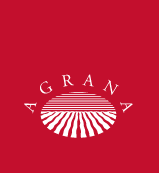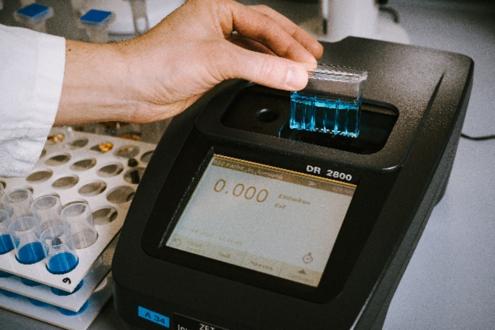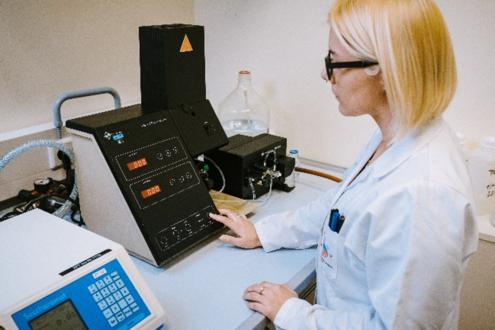Sugar
Process optimisation
Anti-Foam Optimizer
This device is used to optimally dose anti-foaming agents.
ARIC Universal
This device combines several functions and is used to determine the effective alkalinity (the difference between juice alkalinity and calcium content) during the juice purification process .
- Alkalinity determination (ALKA) – to determine juice alkalinity
- Lime salts analyser (LISA / LISA+) – to determine juice hardness (calcium content)
In combination with the OPAL (optimal alkalization) calculation program, it is possible to rely on the juice hardness (LISA+), juice alkalinity (ALKA) and the flow rate of the juice in the plant to dose the optimum amount of sodium hydroxide solution during the juice purification process.


